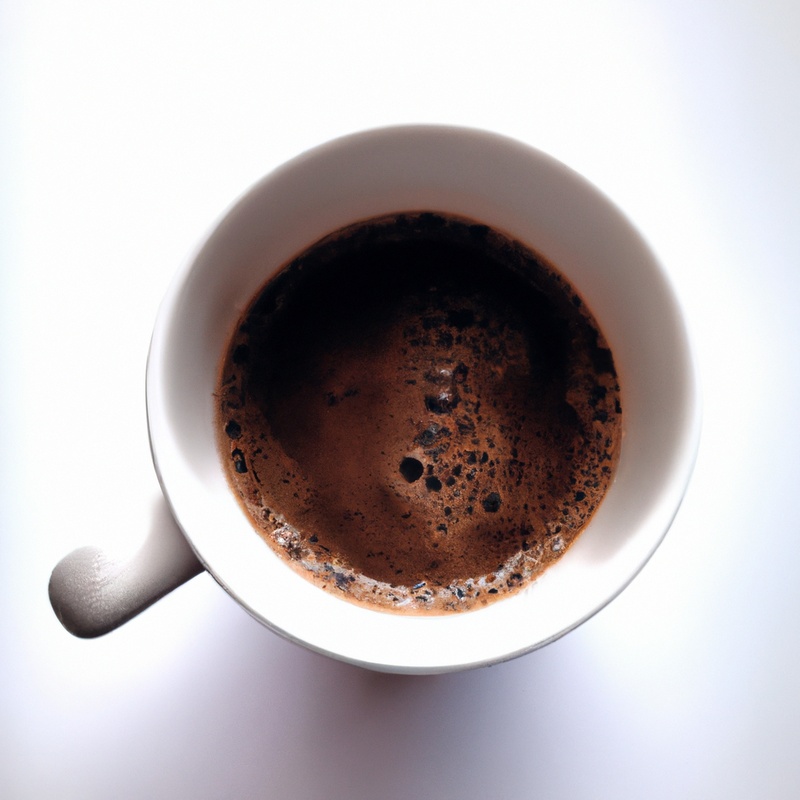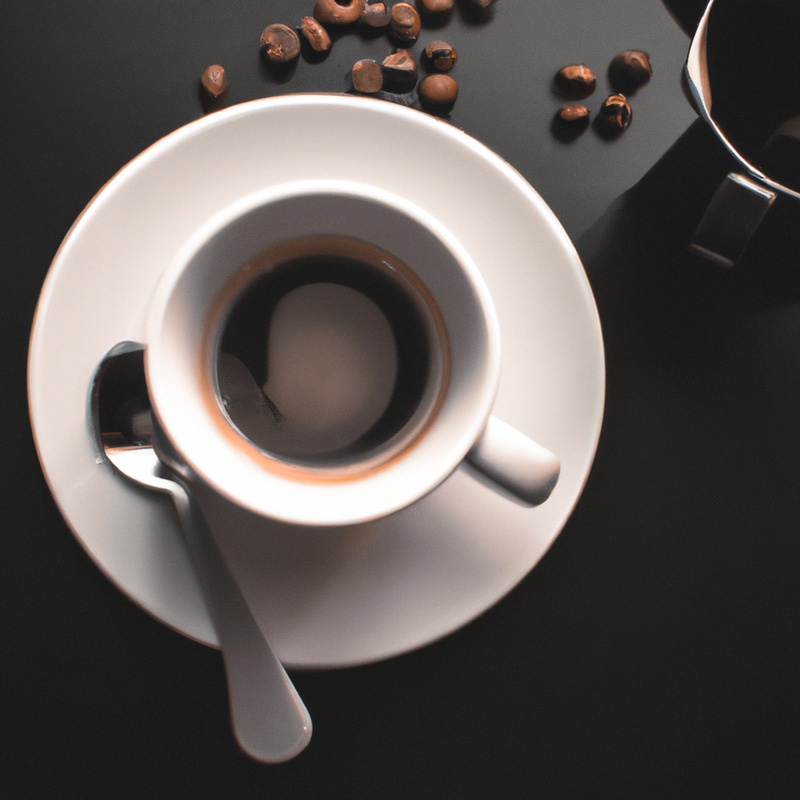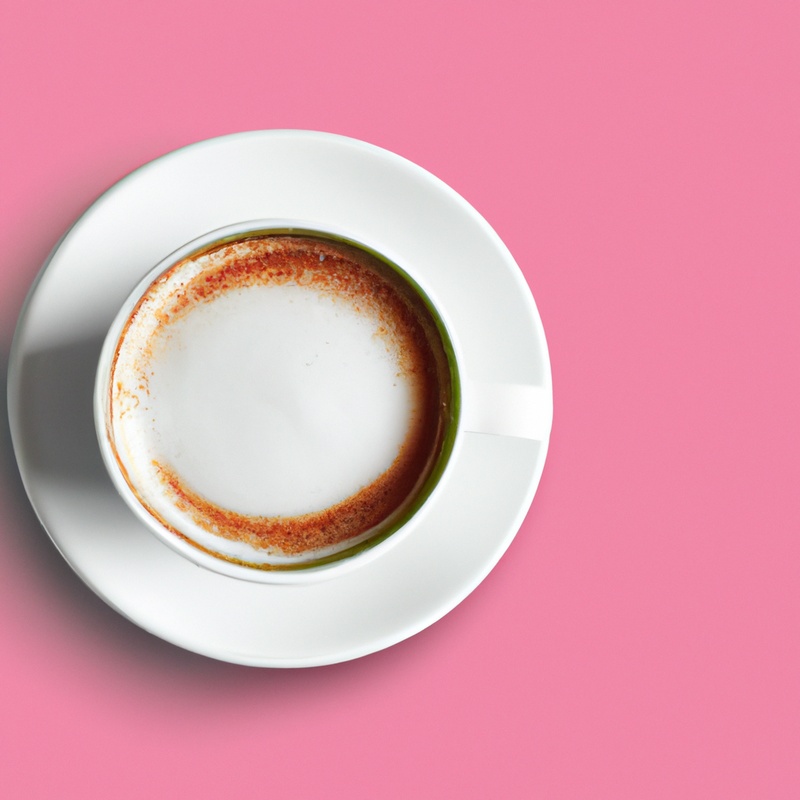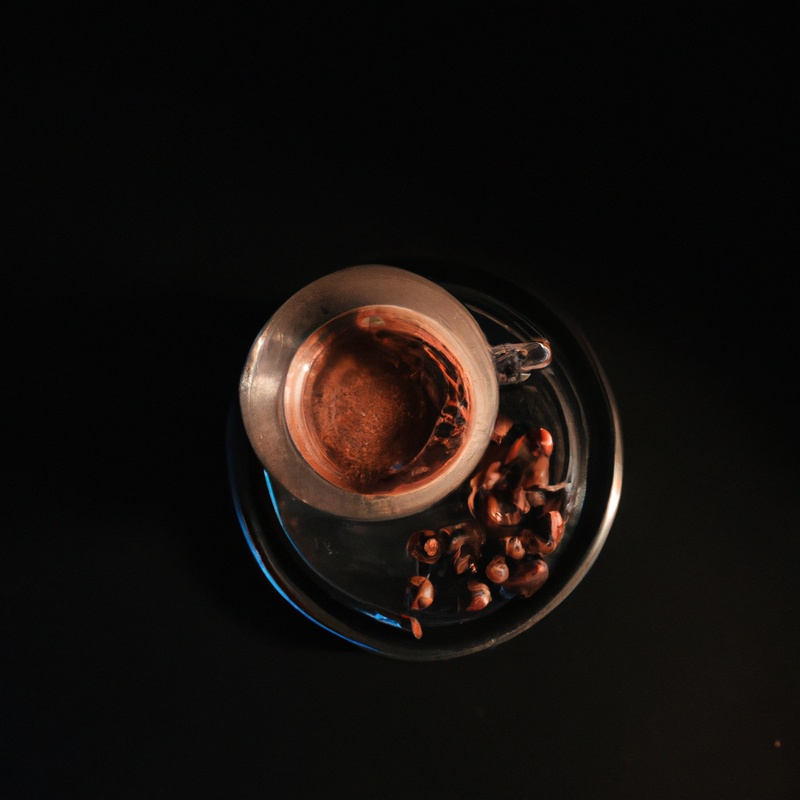Key Takeaways:
- Any type of coffee can be used for cold brew.
- It is recommended to use a coarser grind for optimal cold brew extraction.
- Experiment with different coffee beans to find your preferred flavor profile.
- Always use filtered water and a proper coffee-to-water ratio for best results.
Are you a coffee lover ready to dive into the world of cold brew? Well, get ready to be blown away by the smooth, full-bodied flavors that await you.
But before you embark on your cold brew adventure, you may be wondering if any old coffee will do.
Can you use that bag of mediocre supermarket coffee gathering dust in your pantry? In this article, we’ll explore whether you can use any coffee for cold brew and uncover the secrets to achieving the perfect cold brew experience.
Get ready to level up your coffee game!
| Coffee Bean Type | Pros | Cons |
| Dark Roast | Bold flavor | Potentially bitter taste |
| Medium Roast | Well-rounded taste | Milder flavor |
| Light Roast | Bright and fruity flavor | May taste acidic |
What type of coffee is best for cold brew?
The type of coffee that works best for cold brew is coarse-ground, medium to dark roast coffee.
Characteristics of ideal coffee for cold brew
The ideal coffee for cold brew has certain characteristics that help enhance the flavor and brewing process. Here are a few key points to consider:
- Coarse grind: Opt for a coarse grind when selecting coffee for cold brew. This allows for a slower extraction process, resulting in a smoother and less acidic brew.
- Medium to dark roast: Coffee beans with a medium to dark roast tend to work well for cold brew. They offer a rich, bold flavor profile that withstands the long brewing time.
- Single-origin or blends: Both single-origin and blends can be used for cold brew. Single-origin coffees highlight the unique flavors of a specific region, while blends offer a balanced and complex taste.
- Freshness: Use freshly roasted coffee beans for the best flavor. Stale or old beans may result in a less vibrant and enjoyable cold brew.
Remember, these characteristics are not set in stone, and personal preference plays a significant role in the coffee selection process. Feel free to experiment and find the coffee that suits your taste buds the best.
Single-origin vs. blends for cold brew
When it comes to choosing coffee for cold brew, you might be wondering whether single-origin or blends are better. Well, the answer is, it depends on your personal preference.
Single-origin coffees are made from beans that come from a specific region or farm, giving them unique flavors and characteristics.
They can offer a more pronounced and distinct taste profile to your cold brew. On the other hand, blends combine different beans to create a balanced and consistent flavor.
They can provide a smooth and well-rounded taste to your cold brew.
In the end, it’s all about what you enjoy the most. Experiment with both single-origin and blends to find the perfect coffee for your cold brew.
Whether you prefer the boldness of single-origin or the harmony of blends, the choice is yours.
Happy brewing!
Choosing the right roast level for cold brew
When it comes to choosing the right roast level for cold brew, it’s all about personal preference. Some people enjoy the smooth and chocolatey flavors of a dark roast, while others prefer the fruity and floral notes of a light roast.
Medium roast is a safe option that offers a balance of flavors.
It’s important to note that the brewing process of cold brew tends to mute some of the coffee’s acidity, so even a light roast can deliver a mellow taste. Ultimately, it’s up to you to experiment and find the roast level that suits your taste buds.

Can I use any coffee for cold brew?
Yes, you can use any coffee for cold brew, but using specialty coffee will give you the best results.
Benefits of using specialty coffee for cold brew
Using specialty coffee for cold brew offers several benefits.
Firstly, specialty coffee is made from high-quality beans that have been carefully sourced and roasted.
This results in a more flavorful and complex cold brew.
Secondly, specialty coffee is often single-origin, meaning it comes from a specific region or farm.
This allows you to explore different flavor profiles and discover new taste experiences.
Finally, specialty coffee is often more ethically and sustainably sourced, supporting farmers and ensuring a positive impact on the environment.
So, when making cold brew, using specialty coffee can elevate your drinking experience and contribute to a more sustainable coffee industry.

Experimenting with different coffee varieties for cold brew
When it comes to experimenting with different coffee varieties for cold brew, remember that you have plenty of options to choose from. Different coffee beans offer unique flavors and characteristics that can enhance your cold brew experience.
Some popular choices include Colombian, Ethiopian, and Brazilian beans, but don’t be afraid to try others as well.
Play around with the ratios and brewing times to find the perfect combination that suits your taste buds. Enjoy the process and have fun discovering your favorite cold brew flavors!
Tips for using store-bought coffee for cold brew
Sure, here are some tips for using store-bought coffee for cold brew:
- Choose a medium to coarse grind: Look for coffee grounds that are specifically labeled for cold brew or have a medium to coarse grind. This will ensure better extraction and a smoother taste.
- Use a higher coffee-to-water ratio: Cold brew concentrates the flavors, so you’ll want to use a higher amount of coffee compared to regular brewing. Start with a ratio of 1:4 (1 part coffee to 4 parts water and adjust according to your taste preferences.
- Steep it for longer: Unlike hot brewing methods, cold brew requires a longer steeping time. Aim for around 12 to 24 hours of steeping in the refrigerator for the best flavor extraction.
- Experiment with brewing time and ratios: Cold brew is quite forgiving, so feel free to experiment with different brewing times and coffee-to-water ratios until you find the perfect balance that suits your taste.
- Strain properly: Once the steeping is complete, strain the coffee carefully using a fine-mesh sieve or a coffee filter. This will help remove any sediment and produce a cleaner tasting cold brew.
- Store it right: Cold brew can be stored in the refrigerator for up to a week, so consider making a larger batch to last you several days. Just make sure to store it in a sealed container to maintain freshness.
Remember, the quality of the store-bought coffee will affect the overall taste of your cold brew, so feel free to try different brands and varieties to find your favorite.
Happy brewing!
Factors to consider when selecting coffee for cold brew
When selecting coffee for cold brew, consider factors such as grind size, water quality, and storage freshness.
Grind size for cold brew coffee
Grind size for cold brew coffee is an important factor to consider.
For a successful cold brew, you want to use a coarse grind.
This allows for a longer extraction time and prevents over-extraction, which can result in a bitter taste.
A coarse grind also helps to filter out sediment, resulting in a smoother cup of cold brew.
Remember to adjust your grind size according to your personal preference, but generally, a coarse grind works best for cold brew.
Water quality for brewing cold brew
Water quality is important when brewing cold brew coffee. You want to use good quality water that is free from any strong odors or flavors.
Tap water is usually fine as long as it tastes good.
If you have hard water, you may want to consider using filtered water to avoid any mineral buildup. It’s also a good idea to let the water sit out overnight to get rid of any chlorine that may be present.
Remember, the quality of your water can greatly impact the taste of your cold brew.

Storage and freshness of coffee for cold brew
To ensure the best quality cold brew, proper storage and freshness of the coffee are key. Here’s what you need to know:
- Whole beans are preferable: Opt for whole beans instead of pre-ground coffee. This is because whole beans retain their freshness and flavors for a longer period.
- Store in an airtight container: Transfer your coffee beans to an airtight container, away from light, heat, and moisture. This will help preserve its freshness and prevent it from absorbing unwanted odors.
- Keep it cool: Store the airtight container of coffee beans in a cool and dark place, such as a pantry or cupboard. Avoid storing it in the refrigerator as the humidity can affect the flavor.
- Grind just before brewing: For the freshest taste, grind your coffee beans just before you plan to make cold brew. This will ensure maximum flavor extraction.
Troubleshooting common issues with coffee for cold brew
Having trouble with your cold brew coffee? Let’s troubleshoot common issues together.
Bitter or acidic taste in cold brew coffee
If your cold brew coffee tastes bitter or acidic, there are a few things you can try to fix it.
Firstly, make sure you’re using the right coffee-to-water ratio.
A common mistake is using too much coffee, which can result in a bitter taste.
Try adjusting the ratio to see if that helps.
Secondly, pay attention to the brewing time.
Overbrewing can lead to a more bitter flavor.
Experiment with shorter brewing times until you find the right balance.
Lastly, consider the quality of your coffee beans.
Cheap or low-quality beans can contribute to an unpleasant taste.
Try using higher-quality beans for a better cold brew experience.
Weak or watery cold brew coffee
If your cold brew coffee is turning out weak or watery, there are a few possible reasons.
Firstly, you may be using too much water in proportion to the coffee grounds.
Try using a stronger coffee-to-water ratio.
Secondly, the brewing time might be too short.
Cold brew coffee requires a longer brewing period, usually around 12 to 24 hours.
Finally, ensure that you are using a coarse grind size, as a finer grind can result in over-extraction and a weaker flavor.
Adjusting these factors should help you achieve a stronger and more flavorful cold brew coffee.
Over-extraction or under-extraction in cold brew
Over-extraction or under-extraction can occur in cold brew coffee, affecting the taste and quality of the final product.
Over-extraction happens when the coffee is steeped for too long or the grind size is too fine, resulting in a bitter and harsh flavor.
Under-extraction, on the other hand, occurs when the steeping time is too short or the grind size is too coarse, leading to a weak and watery flavor.
To avoid these issues, ensure you use the right grind size and steeping time, and experiment to find the perfect balance for your taste preferences.
Frequently Asked Questions
Can I use flavored coffee for cold brew?
Yes, you can definitely use flavored coffee for cold brew! The process of cold brewing allows for the extraction of flavor from coffee beans regardless of whether they are flavored or not. The flavor of the coffee will infuse into the cold water during the steeping process, resulting in a cold brew with the same taste profile as the flavored beans.
So go ahead and experiment with different flavors, and enjoy a refreshing and flavorful cup of cold brew!
Can I use decaffeinated coffee for cold brew?
Yes, you can definitely use decaffeinated coffee for cold brew! The process of cold brewing extracts the flavors from the coffee beans without relying on the caffeine. So, whether you prefer to enjoy your cold brew without the jolt of caffeine or if you simply love the taste of decaf coffee, go ahead and give it a try.
Just make sure to use the same ratio of coffee to water as you would with regular coffee.
Enjoy your refreshing decaf cold brew!
Can I use ground coffee for cold brew?
Yes, you can definitely use ground coffee for cold brew! In fact, using coarsely ground coffee is ideal for cold brew because it allows for a slower extraction process, resulting in a smooth and less acidic brew.
Just make sure to use a higher coffee-to-water ratio, such as 1:4 or 1:5, to ensure a strong flavor.
Experiment with different coffee blends and grind sizes to find your preferred taste.
Enjoy your refreshing cold brew!
Final Verdict
While you can technically use any coffee for cold brew, some types of coffee are better suited for this brewing method than others. Specialty coffee, with its unique flavor profiles and high-quality beans, is highly recommended for the best cold brew experience.
However, if you’re using store-bought coffee, opt for a medium to coarse grind and experiment with different varieties to find your preferred flavor.
Remember to consider factors like grind size, water quality, and freshness for optimal results. And finally, troubleshoot any issues with taste or extraction to perfect your cold brew technique.
Happy brewing!
